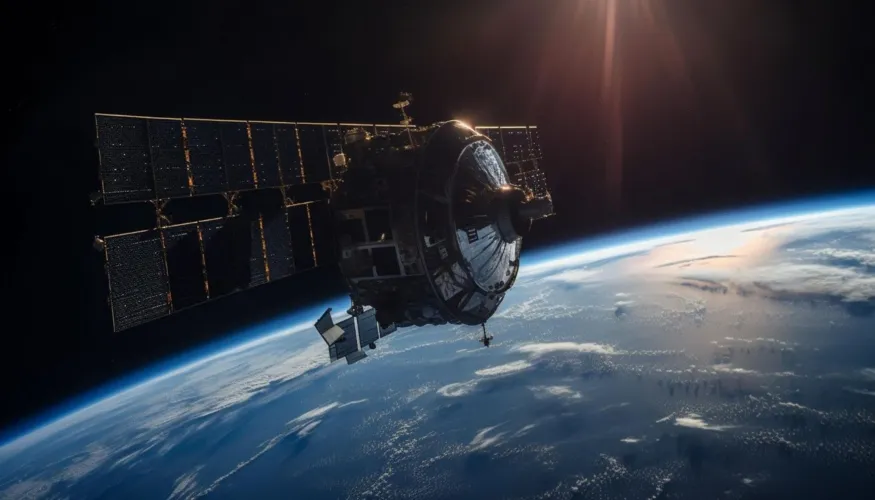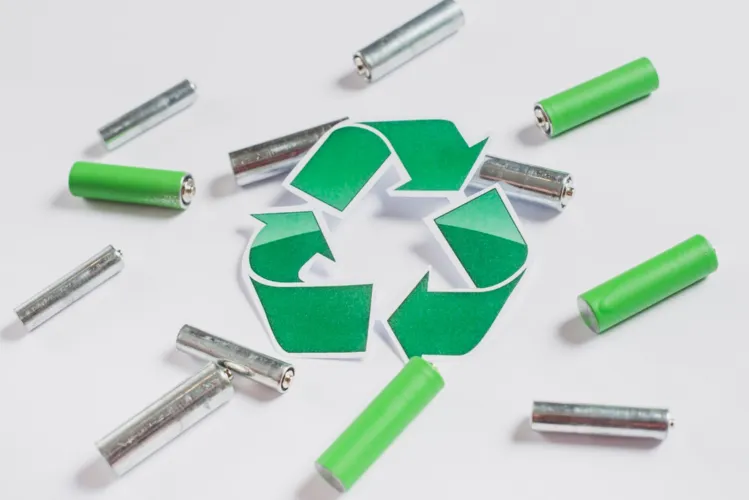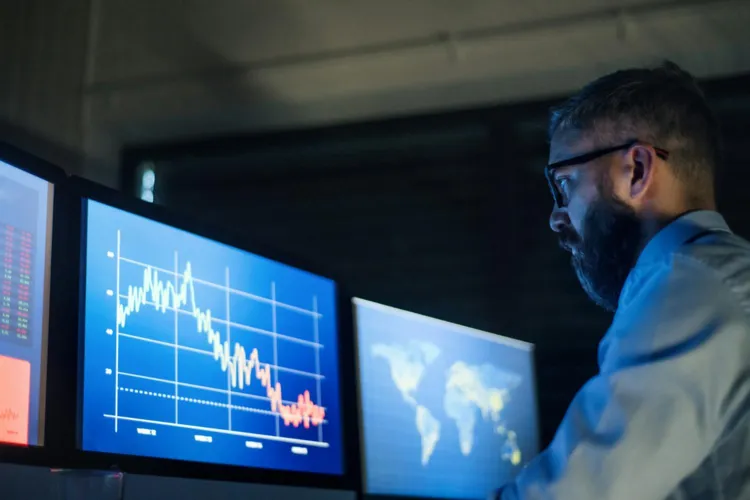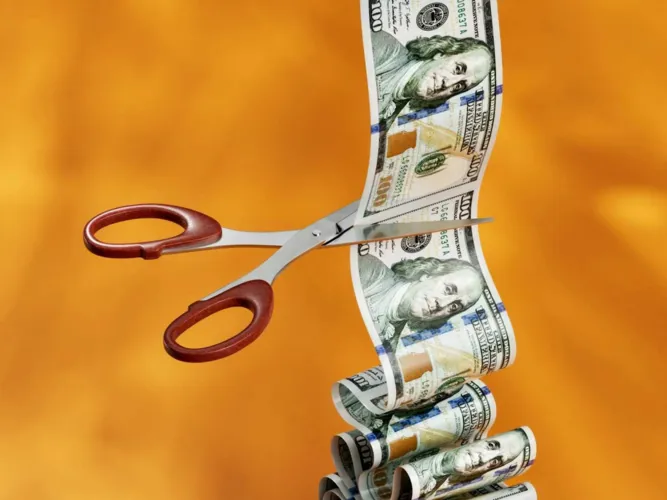The relationship between Indonesia and the European Union (EU) has deepened significantly in recent years. In 2024, bilateral trade in goods reached €27.3 billion (about $32.2 billion), making the EU Indonesia’s fifth-largest trading partner, accounting for 6.4% of total trade. EU exports to Indonesia totaled €9.7 billion, while imports stood at €17.5 billion. Trade in services added another €8.8 billion in 2023.
This growing volume highlights the strategic weight of Indonesia trade with EU, and it’s about to get stronger. Let's take a closer look!
Indonesia Trade with EU: IEU-CEPA and The Turning Point
After nearly a decade of negotiations and 19 formal rounds, the Indonesia-EU Comprehensive Economic Partnership Agreement (IEU-CEPA) reached political agreement in July 2025, with formal signing expected in September.
The agreement aims to eliminate or reduce tariffs on around 80% of Indonesian exports, making products like apparel, palm oil, seafood, and electronics more competitive in European markets. Indonesia’s trade surplus with the EU grew from $2.5 billion in 2023 to $4.5 billion in 2024, with exports expected to rise by more than 50% in the next few years post-implementation.
Read Also: Indonesia-EU Trade Deal Finalized: $60B in Sight of The New Era
Sectoral Benefits and Strategic Trade
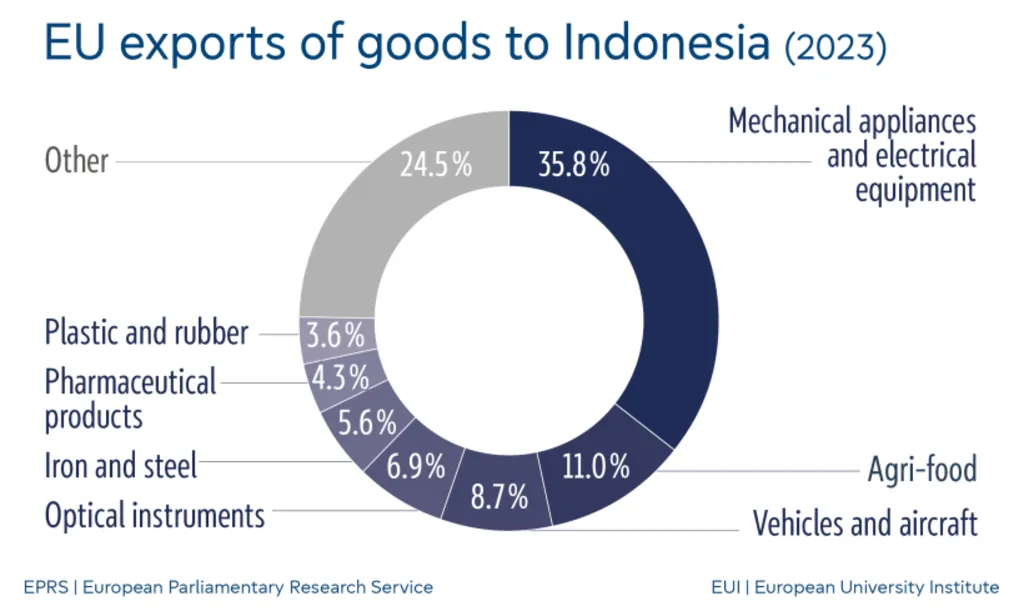
Indonesia’s top exports to the EU in 2024 included animal and vegetable oils ($2.68 billion), footwear ($1.73 billion), and electronics ($1.53 billion). On the flip side, the EU exported machinery (€3 billion), electrical equipment (€1.1 billion), and vehicles (€500 million) to Indonesia.
The agreement also grants duty-free access for up to 1 million tons of palm oil, offering a significant boost to Indonesia’s agricultural exports. These figures show how both sides complement each other economically, with strong trade flows across industrial and consumer sectors.
Indonesia Trade with EU: Empowering Indonesian SMEs
One of the most promising aspects of Indonesia trade with EU under CEPA is the benefit it brings to small and medium enterprises (SMEs). These businesses, especially in apparel, footwear, and seafood, stand to gain from simplified customs processes and lower tariffs, making it easier to export to Europe.
The deal also creates new opportunities for green economy products, such as electric vehicle components and critical minerals, sectors where Indonesian SMEs are beginning to emerge.
Beyond Trade: Mobility and Culture
CEPA is not only about goods. It includes frameworks for visa facilitation, workforce mobility, and cultural exchange. High-level meetings in 2025 have reinforced mutual interest in people-to-people ties and shared development goals.
This helps boost collaboration in digital transformation, education, and skilled labor mobility, essential to support the green and digital transitions both regions aim to lead.
Read Also: Indonesia GSP Supported Projects Shape The Nation's Export Future
Strategic Significance in a Changing World: Indonesia Trade with EU
With a GDP of €1.2 trillion, Indonesia is a major player in ASEAN and central to the EU’s Indo-Pacific strategy. The CEPA strengthens regional integration and positions Indonesia trade with EU as a foundation for broader cooperation. This includes climate, security, and geopolitics. In a world marked by economic shifts and global uncertainty, the EU-Indonesia partnership reflects a shared vision: open, resilient, and forward-looking trade.


